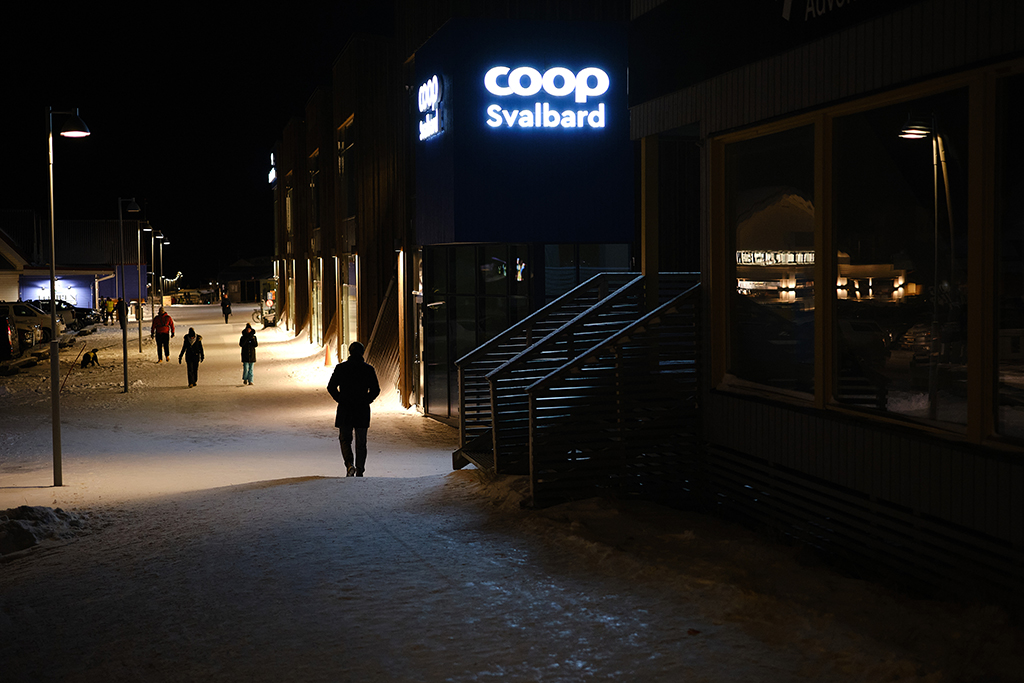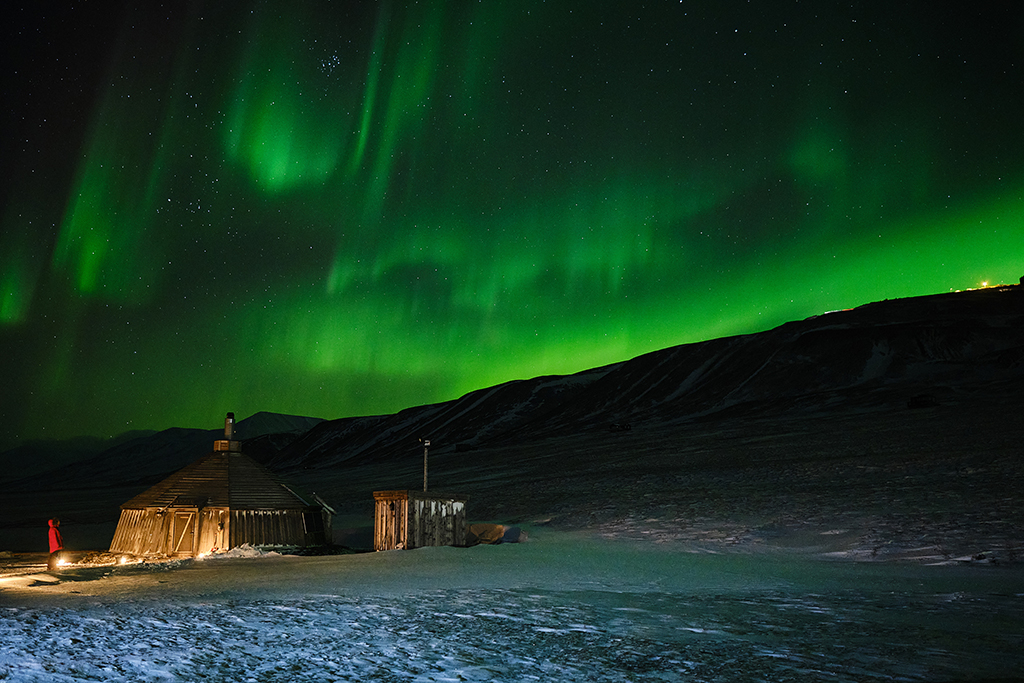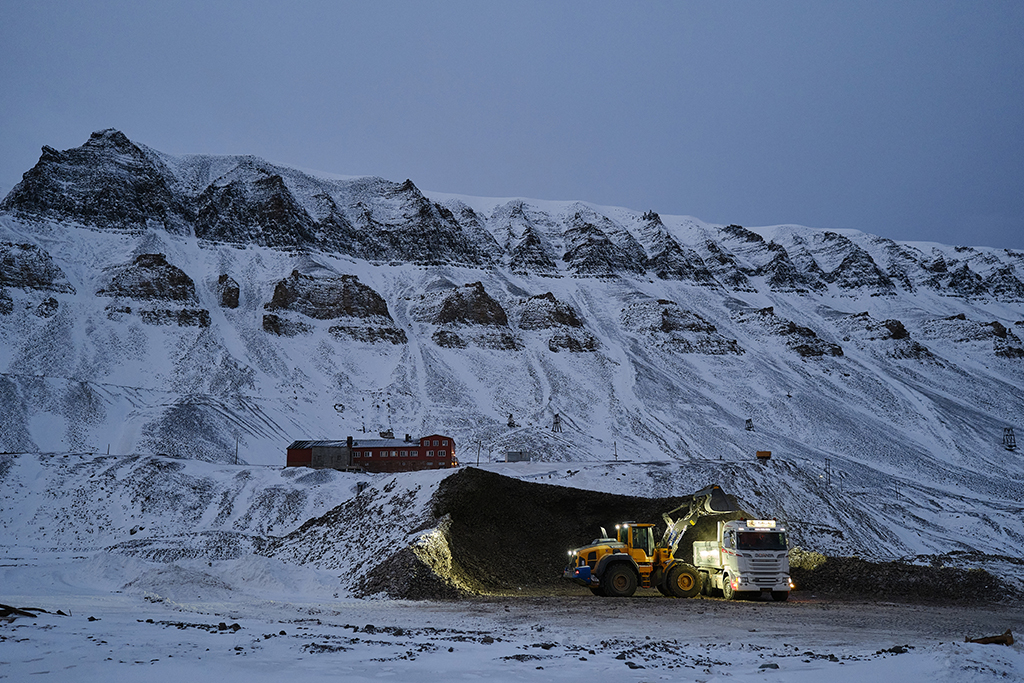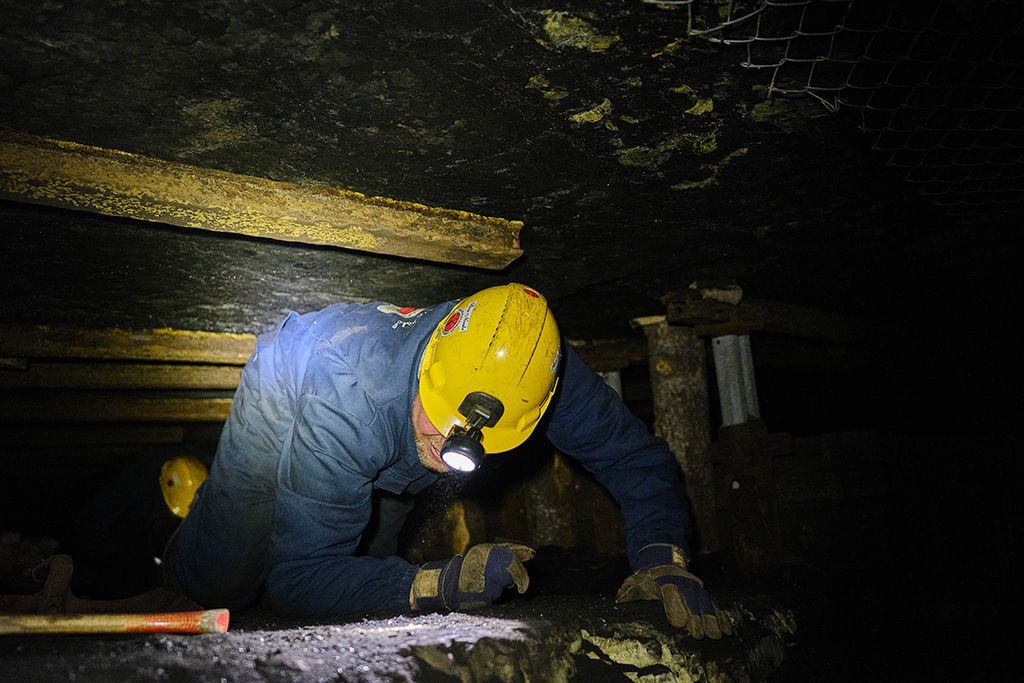Graeme Chesters, our first Rising Star bursary winner, tells Geoff Harris about his project responding to the theme of ‘change’ and his first trip to one of the fastest-warming places on the planet
Back at AP’s annual awards in early 2020, we announced that Graeme Chesters had been named the first recipient of AP’s Rising Star Bursary. The bursary, arranged in partnership with leading used specialist MPB, gives amateur photographers a unique opportunity to work on a long-term project on the theme of ‘Change’. Graeme receives up to £5,000 in expenses, along with mentoring and support from top pro Peter Dench and the AP team, while MPB is providing him with an ongoing photography-kit loan from its extensive supply of quality used gear.
For Graeme’s bursary project, he is documenting a year in the life of the northernmost town in the world – Longyearbyen. The town, located on the Island of Spitsbergen in the Svalbard archipelago, has many fascinating characteristics, including three months of polar night (in other words, no daylight) and, conversely, ever-present daylight in summertime.
As well as capturing how the 2,500 inhabitants deal with this and the decline of the local coal industry, Graeme is strongly focusing on the social and ecological impacts of climate change. Longyearbyen and the rest of the High Arctic is, sadly, warming quickly owing to climate change.
While Covid restrictions have caused some disruption to his plans, Graeme is soldiering on. We caught up with him to find out more about his first trip to Longyearbyen, in early November 2021.
Here comes the night
‘When I arrived, the sun had already departed and won’t return until late February,’ Graeme recalls. ‘A profound change was under way – polar night had arrived, and what little available light there is occurs when the sun makes it to a jaunty 6 degrees below the horizon, bathing everything in blue hues. The darkness lengthens day by day, extinguishing a wider sense of one’s surroundings.
At least the twilight allowed for some perspective on the landscape and the place of the town within it, as well as reaffirming a sense of remote vulnerability.’
As Graeme notes, you underestimate this region at your peril – bitter cold and darkness are not the only potential dangers. ‘It is strikingly beautiful, precarious and wild, with the signs warning of polar bears reminding you that you need to carry firearms when venturing outside of Longyearbyen.’
This inaugural bursary project focuses on change, and there are many aspects to this when it comes to Svalbard and the town of Longyearbyen. On future trips, Graeme will be concentrating specifically on the effects of climate change, but for his first visit, he focused more on the community.
‘Change is certainly a constant on Svalbard. As well as the ebb and flow of water and ice, and the rapid movement between light and darkness, the community itself turns over at approximately 20% every year. Most people stay for between four and six years at the most.’ One constant is the reminder of the community’s industrial heritage.
Founded in 1906 by the industrialist John Munro Longyear (a man who gave his name to the town but never actually lived there), Longyearbyen was a company coal-mining town until 1989. Originally under the control of Longyear’s Arctic Coal Company, it gave way a decade later to Store Norske, a Norwegian state company that ran the community until the founding of local democracy in 2002.
‘However, Store Norske remains the de facto landlord for many of the town’s residents, and reminders of its influence are everywhere,’ Graeme notes. ‘The remaining mine, Mine 7, will close in the next two years and there’s an element of soul searching taking place as to the identity of the town after this transition. The consolidation of research capacity, particularly when it comes to climate change, and “adventure tourism” are the most obvious sources of community identity,’ he continues.
A long way from Bangkok
As you’d expect from a town in such an extreme place, Graeme discovered some surprising quirks. For citizens of countries who’ve signed the Svalbard Treaty, which, put simply, recognises the sovereignty of Norway while regulating demilitarisation and allowing commercial activities, no visa is needed to live in the region. As of 2018, there are 46 parties to the treaty, including Thailand – which explains why there is a 200-strong Thai community in Longyearbyen!
There are also some curious regulations surrounding alcohol. ‘There continues to be an “alcohol card” for residents, which limits how much beer and spirits can be bought per month from the only store in town,’ Graeme notes, with some amusement.
‘This goes back to the days when Longyearbyen was a coal company town and the company wanted to avoid miners overdoing things. But despite the beer/spirit limit, you can buy and consume as much wine as you like, as this was the preferred drink of the management of the coal mine.’
King coal dies hard
On a more serious note, Svalbard is also one the fastest-warming places in the world due to the burning of fossil fuels – the town of Longyearbyen was built on coal, and it continues to be extracted for local use from the last remaining mine. ‘The irony is not lost on residents, and the debate about transitioning from coal animates conversations across this small community, which includes both miners and climate researchers.’
At the same time, Graeme’s first trip revealed the pride many locals have in being associated with the mining industry. ‘This may also explain the reluctance amongst some here to dwell upon the causal role of coal in global heating, a process that is warming Longyearbyen faster than anywhere else on the planet,’ he explains.
‘These conflicts, and the layering of industrial sediment amidst the “pristine” environment of the High Arctic, remind you of the complexity of sustaining remote communities and the conflicts between historical legacy and the possibilities of transition in a location where change is a constant.’
Many of Graeme’s initial images also focus on the ever-present industrial infrastructure in and around Longyearbyen, which isn’t going away fast, even when all the mining stops. ‘As nothing rots in this Arctic desert, the mining infrastructure is everywhere, and an eerie reminder of the industrial past.
Mine 3, which was closed without notice by Store Norske in 1996, has been left as it was ever since. There are work boots on racks, newspapers and magazines in the mess hall, a ‘glamour’ calendar from 1995 on the wall, and a half-finished jar of jam sitting on a side table. It’s as edible now as it was then, thanks to the permafrost which coats everything.’
Graeme’s next trip to Svalbard, originally planned for the end of December 2021, had to be postponed owing to Covid, but he hopes to visit again in February. He also intends to work with the Spitsbergen Artists Centre as an artist in residence for a period of up to three months, where he will continue documenting change in the High Arctic through engaging with people, industries and landscapes. Watch this space!
Graeme’s gear
For his first trip, Graeme obtained the following equipment from MPB: a Fujifilm X-T4 body, along with 18mm F/1.4 and 33mm F/1.4 lenses. ‘I used the X-T4 because I love the manual controls, and in the cold and dark, it’s a lot easier and more intuitive for me to work with when I’m wearing gloves than trying to scroll through menus.

It’s also image-stabilised, very well built and with the new 18mm and 33mm lenses it’s completely weather-sealed. The only difficulty, which you would face with any kit in those conditions, is battery life. Once again the new battery in the X-T4 proved reliable despite the temperature going down to -12°C with a wind chill at times close to -18°C. For my second trip, I will be taking a Leica Q2, again supplied by MPB.’
MPB has a strong commitment to sustainability in all its activities, as CEO Matt Barker explained in a recent piece on our website – see bit.ly/mattbarkerap.
Graeme Chesters

Graeme is a photographer and writer based in the North West. After 20 years working as an academic, including a stint as an associate professor at the University of Bradford, he is now working freelance on a variety of photographic and journalistic projects. Graeme is also a Fellow of both the Royal Society of Arts and the Royal Geographical Society. See graemechesters.com.
Further reading
Love in a cold climate: Photographing Antarctica with René Koster















